These refer to Nara City's historical remains, landmarks, and natural monuments, which were added to the list of UNESCO World Heritage Sites in December of 1998. These items are listed as eight "Historic Monuments of Ancient Nara.
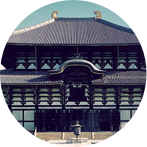
Todai-ji Temple
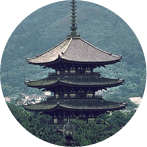
Kofuku-ji Temple
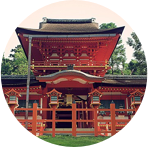
Kasuga Taisha Shrine
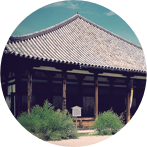
Gango-ji Temple
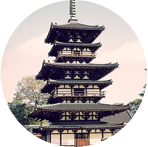
Yakushi-ji Temple
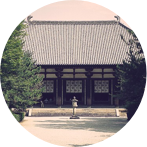
Toshodai-ji Temple
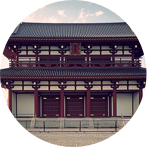
Heijo Palace

Mount Kasuga Ancient Forest
Unlike many UNESCO sites, the "Historic Monuments of Ancient Nara" were not registered as eight individual cultural assets, but were instead listed all together as one. The World Heritage Sites of Ancient Nara together tell the story of the city's rich cultural value.
Though it might seem natural to establish restoration plans after World Heritage designation, the people of Nara greatly value their history, and worked hard to protect the sites of their cultural heritage even before their selection by UNESCO. Nara's initiative and dedication to the preservation of its history is a great pride of the city.
Nara's World Heritage Sites were selected because they met four out of six criteria for cultural assets by UNESCO.

Culture during the Tempyo Era (729-749) blossomed in Japan due to exchanges with China and Korea. Everything from the architecture of the buildings to the layout of the city itself, as well as Chinese kanji characters, the new schools of thought brought via Buddhism, and the clothes that people wore were developed under the influence of these foreign cultures. It is even possible to see elements of Roman and Persian cultures, brought from far across the distant silk road.

Today's Nara City was once the capital of ancient Japan. In other words, Nara was once the center of culture and civilization, leading the rest of the country. In Heijo Palace, visitors can see evidence of Nara's ancient city plan, and the grandieur of the old capital.

The Nara Period (710-794) was an important era for Japanese culture, and establishing the foundation of the national government. During this period, the Emperor Shomu united the nation through Buddhism, and decreed the establishment of buddhist temples in each province across the country. Chief among these was Todai-ji Temple. The story of Nara's World Heritage Sites is the story of the birth of Japan.

Religious beliefs and cultural traditions are extremely valuable parts of their respective cultures across the world. Nara's cultural heritage is closely tied to the Japanese belief systems of both Shinto (local Japanese gods) and Buddhism. While Nara's shrines and temples are a part of this of course, it is also the centuries of tradition tied to this location that make Nara the World Heritage Site it is.
Nara City has established not only the UNESCO-required buffer zone around its heritage sites, but of its own volition created a secondary "harmony zone" to protect its precious historic areas. This "harmony zone" fills in the gaps between the buffer zones, creating a wide swath of protected environment.

Heijo Palace
Toshodai-ji Temple
Yakushi-ji Temple
Todai-ji Temple
Kofuku-ji Temple
Gango-ji Temple
Kasuga Taisha Shrine
Mount Kasuga
Ancient Forest
Not only in Japan, but across East Asia, Nara is the only ancient city to include both the historical ruins of a palace, and the untouched historical form of its systematically constructed wooden buildings. These wooden buildings and the surrounding natural environment exist in harmony as one, making up the cultural scenery characteristic of Nara City.
Present-day Kyoto, once known as the old capital of Heian-kyo, has undergone great developments over the years, transforming it into a modern city, in which little remains of its former appearance. Much has been lost with the impact of war and the transition into a highly modern city. Though both Kyoto and Nara are known as ancient cities of Japan, their ambiance is entirely different.
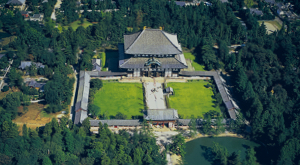
All About the Great Buddha
The Great Buddha has been watching Nara for more than 1,000 years. Why was such an enormous statue of Buddha built here in Nara? Let’s look back at its long history from the introduction of Buddhism to the major repair to restore it to its original state.
See More
Tradition Craftsmanship Handed Down to Artisans
A variety of excellent craft works and specialties have been produced from a creative climate over a long history. Ink brushes, India ink, and bleached cloth are main specialties of Nara. Integration between tradition and contemporary taste is also attractive.
See More
The Four Seasons in Nara
Nara is a city steeped in centuries of tradition. Its many shrines and temples are also excellent locations to take in the riotous blooms brought with each changing season.
See More